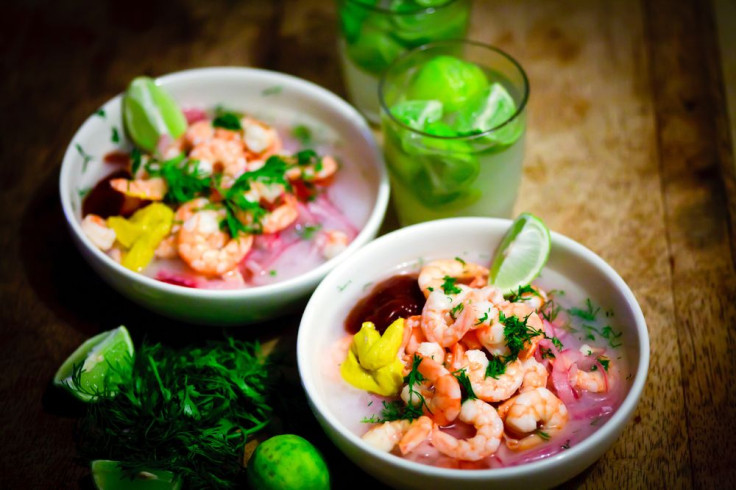
Being that Hispanics/Latinos are the largest minority group in the United States -- according to Pew Research Center, there are almost 52 million Hispanics/Latinos in America -- and the fastest-growing one, it should come as no surprise that U.S. culture will be impacted by Hispanics/Latinos. New data from The NPD Group has found that one of the areas the U.S. will see the biggest change over the next five years, courtesy of the rising minority population, is its food culture.
“Generation Z, Millennials, and Hispanics will be the growth drivers of this country’s eating patterns over the next five years,” said Darren Seifer, NPD food and beverage industry analyst, reports Perishable News. “This is a pivotal time for manufacturers and retailers to gain their favor as many of their habits are being formed now. Most are still at a life stage when their behaviors are flexible and they are receptive.”
In their report -- titled "The Future of Eating: Who’s Eating What in 2018?" -- the authors of the report reveal that the future generation will opt for "from-scratch preparation" over prepackaged box foods from the grocery store. What's more, the report finds that food culture will grow by 8 percent, the implementation of healthy additives in meals will grow by 8 percent, and there will be an emphasis on preparing fresh breakfast foods that require more prep and cooking time.
Within the Latino/Hispanic community, the report informs that the immigrant population (and its future generations) will continue preparing traditional Latin dishes. This trend, coupled with the hype and rising minority population, leads experts to believe that Latin-style meals will make their way into the restaurant industry and more options will be available in the grocery stores, whether it be individual ingredients or prepared foods in the frozen food aisle.
"The consumption of Hispanic foods, excluding frozen, is forecast to increase by 7 percent over the next five years among U.S. Hispanic Millennials," writes The NPD Group in a press release. "This group’s preference is also for foods that are fresh and natural and that enable the cook to control the flavoring of the end product."
America's food culture adapting to the Hispanic/Latino community ultimately is a numbers game: With an increasing minority population, the purchasing power of Hispanics/Latinos rises as well. According to the Selig Center for Economic Growth, the purchasing power of Hispanics in 2012 was $1.2 trillion (and is estimated to reach $1.5 trillion in 2015) and Hispanic households are more likely to spend a higher proportion of their money on food (groceries and restaurants) than their peers.
© 2024 Latin Times. All rights reserved. Do not reproduce without permission.
